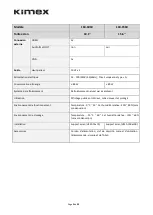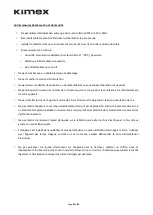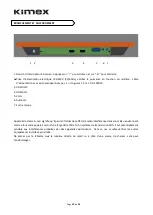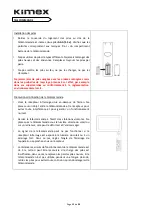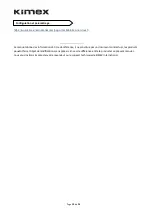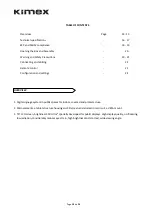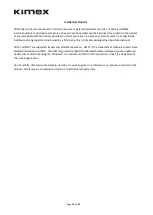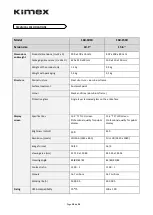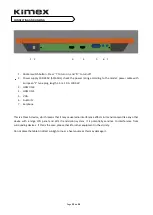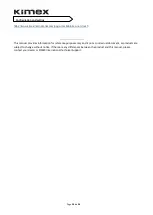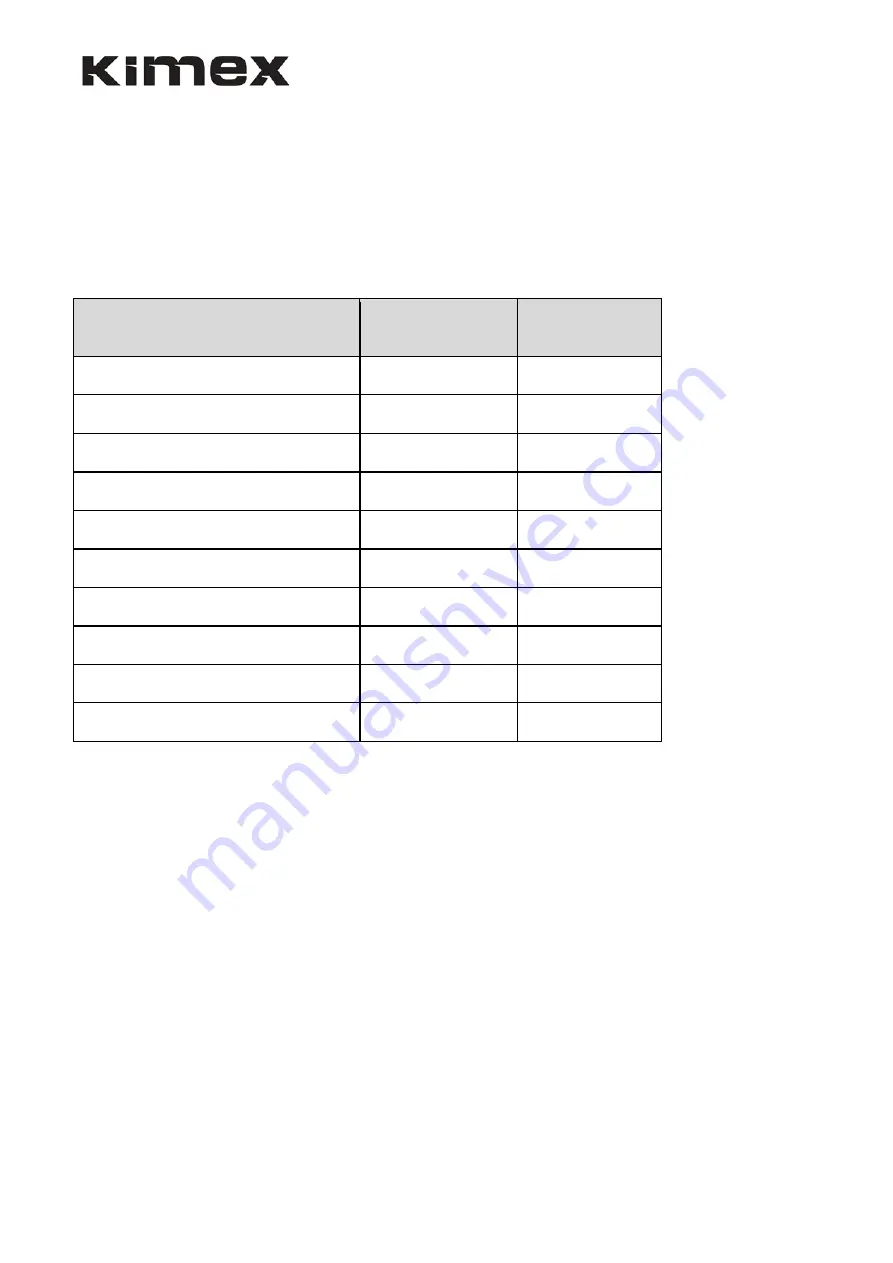
Page
19
de
24
RoHS2 Declaration of Conformity (LSDEEE2)
This product has been designed and manufactured in compliance with Directive 2011/65/EU of the European
Parliament and of the European Council and amendment (EU)2015/863 on the restriction of the use of certain
hazardous substances in electrical and electronic equipment (RoHS2 Directive - RoHS2), it is declared to comply
with the maximum concentration values defined by the European Technical Adaptation Committee (TAC), which
are :
Substance
Proposed maximum
concentration
Actual
concentration
Lead (Pb)
0,1%
< 0,1%
Mercury (Hg)
0,1%
< 0,1%
Cadmium (Cd)
0,01%
< 0,01%
Chrome hexavalent (Cr6+)
0,1%
< 0,1%
Polybromobiphenyl (PBB)
0,1%
< 0,1%
Polybrominated diphenyl ethers (PBDE)
0,1%
< 0,1%
Bis (2-ethylhexyl) phthalate (DEHP)
0,1%
< 0,1%
Benzyl butyl phthalate (BBP)
0,1%
< 0,1%
Dibutyl phthalate (DBP)
0,1%
< 0,1%
Disobutyl phthalate (DIBP)
0,1%
< 0,1%
Some components of the above-mentioned products are not subject to these limitations, in accordance with the
provisions of Annex III of the RoHS Directive2 (WEEE Directive2 ) :
1.
Mercury in cold cathode fluorescent lamps and external electrode fluorescent lamps (CCFL and EEFL) for
specific purposes not exceeding (per lamp) :
1.1.
Short length (500 mm) : maximum 3.5 mg per lamp.
1.2.
Average length (
>
500 mm and 1.500 mm): maximum 5 mg per lamp.
1.3.
High length (
>
1,500 mm): maximum 13 mg per lamp.
2.
Lead in the glass of cathode ray tubes.
3.
Lead in the glass of fluorescent tubes does not exceed 0.2% by weight.
4.
Lead as an alloying element in aluminium up to 0.4% by weight.
5.
Copper alloy contains up to 4% lead.
6.
High temperature solder (lead-based alloys contain 85% or more lead).
7.
Electrical and electronic components containing lead in glass or porcelain
8.
Piezoelectric devices or in a glass or ceramic matrix component

